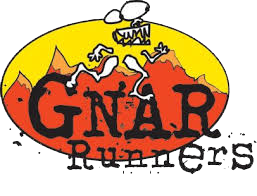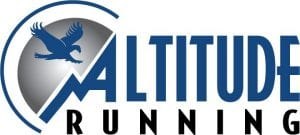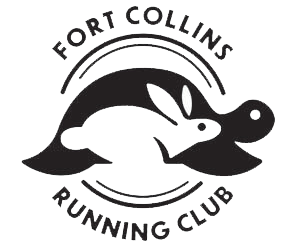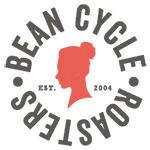This article from our top Blue Sky Marathon and Black Squirrel Half Marathon sponsor, Colorado Physical Therapy Specialists, discusses the key stabilizing muscles for runners and what you can do to strengthen them to help decrease your chance of injury.
Runners commonly suffer from overuse injuries such as knee pain (“runner’s knee”, IT band syndrome, patellar tendinitis), achilles tendinitis, and plantar fasciitis. Despite the variety of injuries that afflict runners, there are a few simple things you can do to reduce your risk and keep your running pain free.
Some of you may already be doing core exercises to help with your running. The back and abdominal muscles commonly strengthened with core exercises are an integral part of any run-strengthening program. However, ensuring adequate strength of the hip abductor and hip external rotator muscles are frequently overlooked. These hip muscles are important for stabilizing your knee each time your foot hits the ground. Too much movement of the knee can result in pain under and around the knee cap, or pain in the IT band or patellar tendon.
The hip abductors and external rotators are also needed for controlling excessive foot pronation (foot rolling inward). Contrary to popular belief, foot pronation is not a bad thing. It is important to assist with shock absorption when your foot hits the ground. However, too much pronation may be a contributing factor to overuse running injuries. Excessive pronation can be controlled by orthotics or a motion controlled/stability shoe. It can also be controlled by strengthening the hip abductors and external rotators as well as muscles of the foot and ankle. If the excessive movement can be controlled by strengthening these muscles, it generally makes more sense to help our body do what it was designed to do and strengthen the muscles as opposed to using an external support.
As you can see, weakness in the hip muscles will result in decreased stability in the hip, knee, ankle and foot. In addition to good strength, you must also have good control. Think of good control like a complex engine that constantly makes minor adjustments to function at peak performance. When your foot strikes the ground, your hip muscles must quickly contract to control your leg motion without you thinking about it. A loss of control can set you up for a multitude of overuse injuries. The good news is you can dramatically reduce your risk of injury by improving your hip muscle strength and control.
So how do you know if you have weakness or poor control of these hip muscles? Performing a single leg mini squat is a simple test that you can do to give you an idea of how much hip control you have.
The following video shows how to perform a single leg mini squat.
Good hip control is demonstrated by maintaining level hips and your knee moving directly over your foot without collapsing inward. If you do not have good control doing the single leg mini squat (a static exercise), you likely have less control with more dynamic exercises such as running.
Your physical therapist or personal trainer can help you determine the best exercises for your hip muscles. Visit ColPTs.com for an example of a good dynamic core and hip exercise to help you continue running injury free.
Drs. Tim Flynn and Terry Gebhardt are physical therapists and owners of Colorado Physical Therapy Specialists.








